RELEASE 24 Functional Upgrades
Stay updated and receive quarterly the latest news related to your JD Edwards EnterpriseOne ERP
May 2024
In the case of the functional innovations released in May 2024, the most relevant ones can be grouped into 5 categories:La JD Edwards Release 24 drives innovation by automating, optimizing, and transforming business processes, reflecting ORACLE's continued investment in its customers' digital transformation.
.png?width=300&height=300&name=JDE%20R24%20(5).png)
-2.png?width=300&height=300&name=JDE%20R24%20(2)-2.png)
-1.png?width=300&height=300&name=JDE%20R24%20(2)-1.png)
-1.png?width=300&height=300&name=JDE%20R23%20(10)-1.png)
-May-14-2024-02-48-29-6758-PM.png?width=300&height=300&name=JDE%20R23%20(2)-May-14-2024-02-48-29-6758-PM.png)
What are the upgrades?
1.1 Enhancement to include Building number during GL post for Recurrent Billing
Less manual updates, as the system will include in the subledger the Asset number (already updated in Release 9.2) and the Building number, depending on the setting of the Update Subledger in Account Ledger processing option.
1.2 Display Reason code for voided transactions using the specific inquiry program for manual billing
JD Edwards enables its Real Estate management users to view the reason code for voided transactions in manual billing, using the Tenant Ledger Inquiry program. This information increases their efficiency and helps in decision making.
2.1 Brazil – PIX Payment format
With this enhancement, JDE incorporates the new payment format PIX, the new Bazilian IP scheme that enables customers, companies, and government entities to send or receive payment transfers within a few seconds.
Starting in February 2024, banks no longer offer money transactions through DOC (Credit Order Document) or TED (Electronic Transfer). Thus, JDE shows again its commitment to be on track to legislations and regulation on each country.
In this new May 2024 Release, several improvements have been included:
- The work order completion screens.
- The completion screen for work orders with co-products and by-products. In both cases, new process options have been added to the screens to manage the batch number and discharge location assignment differently.
3.1 Lot assignment, location and status
This new process option allows giving by default:
- The batch number.
- The location.
- The status of the previous order.
> Change default location
Previously, the default location was always the main location. After this improvement, it will be possible to specify a default location in “Warehouse Management Item Profile Revisions”.
> Default lot/serial no.
The lot/serial number shall be allowed to be the default in cases where the item is lot/serial controlled.
3.2 Expiration date
Before this new release, the expiration date was obtained based on the production order completion date.
With this enhancement, you can now define the expiration date based on the production order start date.
3.3 Co-products and by-products
An enhancement is included for the completion of production orders in which co-products and by-products are obtained.
In the finalization review screen, you will be able to view:
- Previously completed lot/serial numbers.
- Possibility to perform consumptions in several locations.
4.1 Enterprise Automation: Order to Cash
The Enterprise Automation for Order to Cash process helps improve enterprise-wide operations through integrated automation and leveraging the data that is generated.
This improvement provides greater visibility into key stages of purchase orders to help customers move through the order creation process more quickly and efficiently.
Enterprise Automation enables customers to make better use of data and identify pain points that negatively impact KPIs. New features include:
> EnterpriseOne Page of the Order to Cash process flow
Improves the way companies manage their entire operational flow, incorporating automation and leveraging the data generated to improve performance.
> Watchlists
That monitor the real-time progress of sales orders, with special attention to orders that are late, pending or approaching the delay threshold at any key stage in the process.
> New dashboards and charts
Showing key KPIs of the Order to Cash flow.
> Links to existing UX One pages
Which shows information on backorder, backlogged, and held orders.
5.1 Enterprise Automation: Procure to Pay - KPIs
Another of the new functionalities of this version of ORACLE ERP is the improvement in the Enterprise Automation for procurement, adding graphs that facilitate the analysis of several KPIs in the purchasing process.
Some of them are:
> Cycle time
This chart shows the purchase order lifecycle times from the requested date to the time it is closed.
> Supplier delivery performance
This graph shows the status of supplier orders, reflecting the percentage of orders delivered before due date, on due date, after due date, and not delivered even after due date.
> Spend analysis
This graph shows the status of supplier orders, reflecting the percentage of orders delivered before due date, on due date, after due date, and not delivered even after due date.
> :
> :
Neteris is a specialized and certified partner of Oracle JD Edwards. We have successfully led hundreds of implementations, migrations, cloud transitions, and integrations of JD Edwards in companies of various sectors and sizes around the world. We also offer our solutions that extend and complement the functionality of Oracle JD Edwards.
Having our own team of certified specialists and consultants, as well as an Innovation and Development team focused on Oracle JD Edwards, enables our customers to fully exploit the capabilities of JD Edwards and approach any project with a complete guarantee of success.
Currently, we are one of the European partners with the highest level of expertise in the product, from its oldest versions up to the latest update, Release 24.
.png)
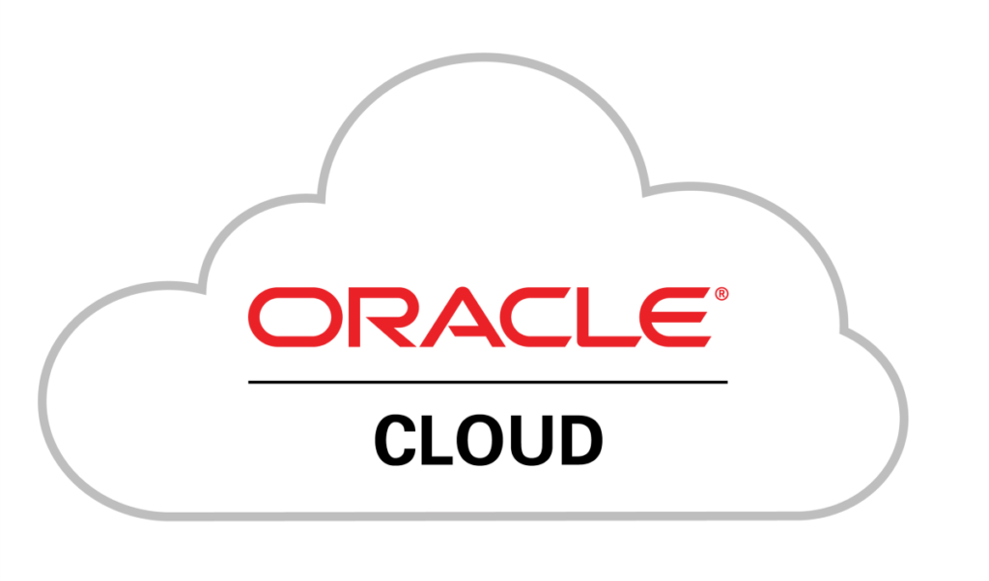
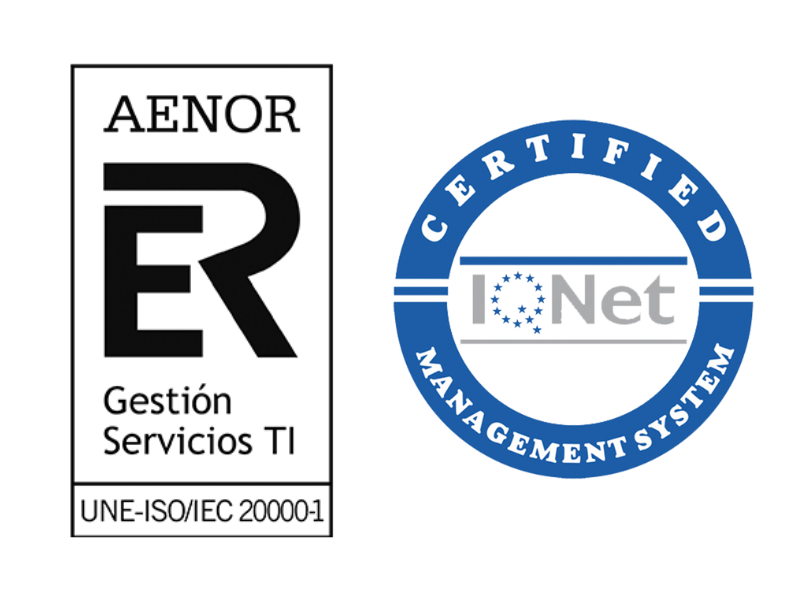
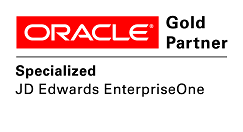
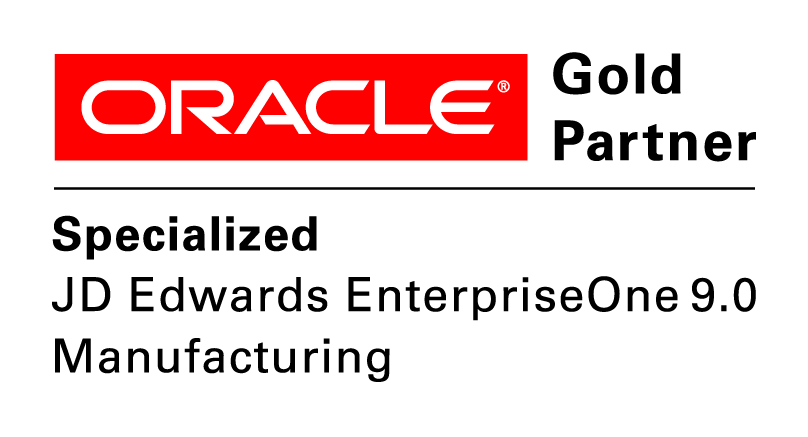
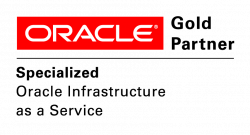
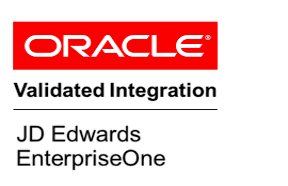
.png)







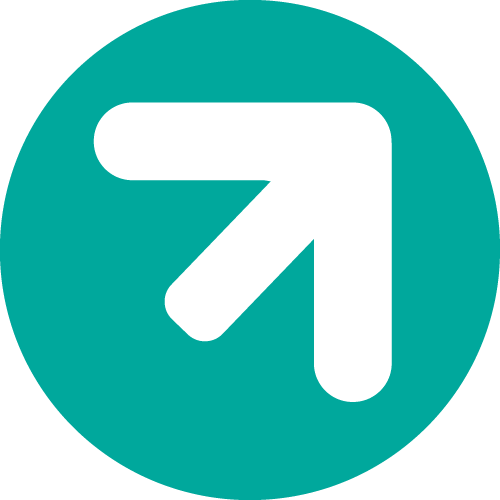 Propuesta de valor
Propuesta de valor
.png?width=300&height=300&name=JDE%20R24%20(6).png)

-1.png?width=300&height=300&name=JDE%20R24%20(3)-1.png)
-1.png?width=300&height=300&name=JDE%20R23%20(11)-1.png)
-May-14-2024-02-48-29-6908-PM.png?width=300&height=300&name=JDE%20R23%20(3)-May-14-2024-02-48-29-6908-PM.png)
